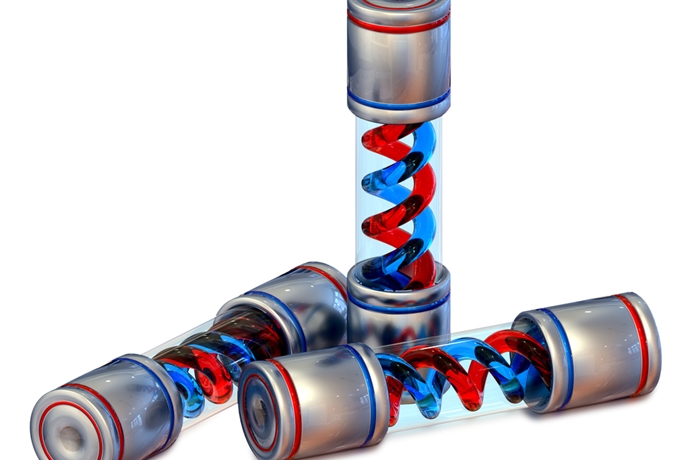
It’s a whole new world out there. Digital technology, engineering, energy production, infrastructure – innovation has swept through every single industry on the face of the Earth, and mostly for the better. In the transportation industry, the buzz word that’s making the rounds is ‘fuel cells’. But what is it really? And how does it affect you?
How do fuel cells work?
In fuel cell trucks, hydrogen gas is used to power the engine by combining hydrogen and oxygen to generate electricity, unlike conventional vehicles that run on diesel or gasoline. The conversion of hydrogen gas into electricity produces only water and heat as a byproduct, and no tailpipe pollution. Since they’re powered entirely by electricity, fuel cell vehicles are considered electric vehicles, but because they need to refuel on hydrogen gas – as opposed to ‘re-fueling’ at a charging station like most electric cars – their range and refueling processes are comparable to conventional cars and trucks.
Can it benefit the trucking industry?
No doubt about that! Fuel cell vehicles can cut emissions by over 30% compared to the traditional gasoline-powered wheels. Also, once filled, the driving ranges of a fuel cell vehicle are similar to the ranges of gasoline or diesel-only vehicles – way more than a battery–electric vehicle. The combination of fast, centralised refueling and longer driving ranges make fuel cells particularly great for larger vehicles with long-distance requirements, like trucks.
So what’s happening in the industry?
A truck-maker startup in the United States called Nikola Motor Co. has said that they’ll soon release their fuel cell-powered big rig, called the Nikola One. They’re hoping to set up a freight system that is completely emissions free, down to the source of energy powering the truck’s drivetrain. The truck will run on hydrogen-electric 800V fuel cells, which will allow the vehicles to go for more than 1,900 kilometres between refuels. The first models won’t get launched until 2019, but their announcement means other vehicle manufacturers will have to keep up, and come up with their own environmentally-friendly wheels.
What’s the catch?
Well, there’s a bit of a feud between battery-electric and hydrogen fuel cells. Even though fuel cells are practically emissions free, the hydrogen itself takes energy to generate and store. Generally, hydrogen is produced through steam methane reforming, which means a lot of carbon dioxide emissions. Also, the hydrogen needs to be stored either at very high pressures or cryogenically as a liquid – and all that takes a lot of energy.
It’s might still seem pretty unrealistic to be driving a fuel cell-powered vehicle before the supporting infrastructure – like hydrogen fueling stations – have been set up, but it’s good to know there is progress brewing, and that we might be driving emissions-free vehicles sooner rather than later.